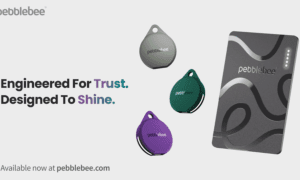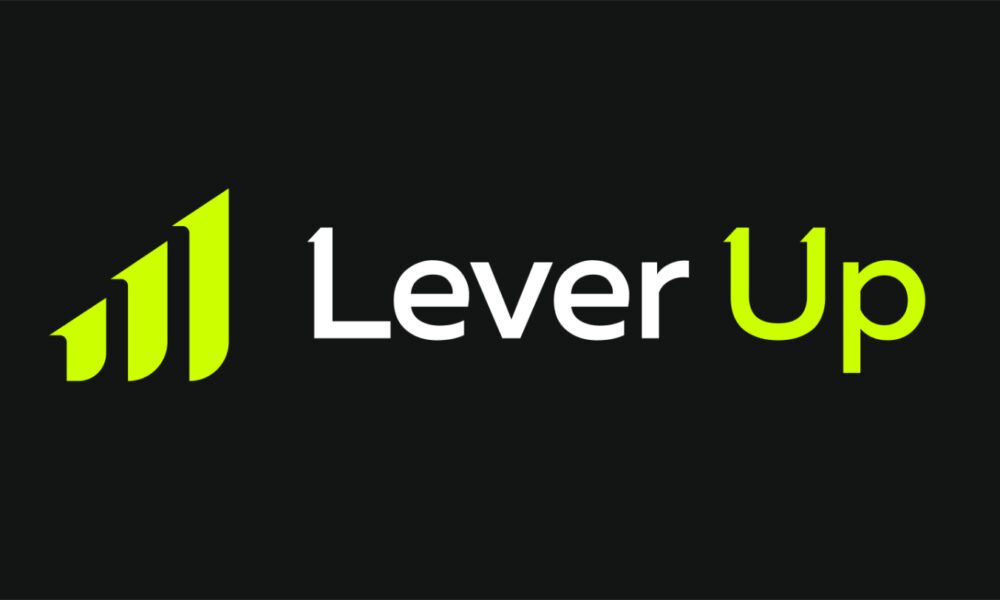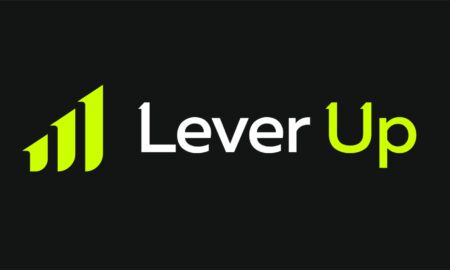Starting a business in the HBOT industry can be a rewarding venture. With growing interest in health and wellness, hyperbaric oxygen therapy benefits are gaining attention.
Our guide will walk you through the key aspects of launching an HBOT business. We will cover everything from understanding the market to managing costs and promotion of your services. Whether you’re a clinic owner, wellness center operator, or entrepreneur, this guide will help you navigate the opportunities and challenges of this growing field.
Hyperbaric Chamber Market Overview
The market for hyperbaric chambers is expanding steadily. It’s driven by increased awareness of their therapeutic potential. These devices, used in HBOT, deliver pure oxygen in a pressurized environment to promote healing and wellness. The demand comes from many sectors, including:
- Medical facilities treating conditions like chronic wounds and decompression sickness.
- Wellness centers catering to clients seeking performance enhancement or anti-aging treatments.
The global hyperbaric chamber market is expected to grow significantly over the next few years. The aging population, rising chronic illnesses, and the popularity of biohacking are fueling growth. Hospitals, private clinics, and even home users are investing in these chambers. For entrepreneurs, this creates a unique opportunity to tap into a market that serves both:
- Medical
- Non-medical clients
However, entering this market requires understanding costs, suppliers, and the competitive landscape to position your business effectively.
Hyperbaric Chamber Cost – Investment Breakdown
One of the first questions new business owners ask is about the hyperbaric chamber cost. The price of a chamber can vary widely based on the type, size, and features. Here’s a breakdown of the costs you might face when starting a HBOT business:
- Monoplace Chambers. These are designed for one person and typically cost between $10,000 and $100,000. They are compact, which makes them suitable for smaller clinics or home use. A basic monoplace chamber might start at around $10,000 for a portable model. Meanwhile, high-end models with advanced features can exceed $100,000.
- Multiplace Chambers. These larger chambers can accommodate multiple people and are common in hospitals. Prices often start at $59,000 and exceed $150,000 or more depending on capacity and technology.
- Soft-Shell vs. Hard-Shell Chambers. Soft-shell chambers, used for mild HBOT (1.3 – 1.5 ATA), are generally cheaper. They range from $6,000 to $20,000. Hard-shell chambers support higher pressures (2.0 – 3.0 ATA). They are pricier, starting at $27,000 and going well over $120,000.
- Additional Equipment. You may need oxygen concentrators ($1,000 – $2,000), air compressors, and other accessories. For example, masks or cooling systems can add $1,000 – $5,000 to your setup.
- Maintenance Cost of Hyperbaric Chamber. Expect to budget $2,000 – $3,000 annually per chamber for maintenance, including filter replacements and safety checks.
- Facility Costs. If you’re setting up a clinic, factor in rent, utilities, and staff salaries. A small wellness center might need $5,000 – $10,000 monthly for operational costs. At the same time, hospital-based setups could be higher.
For a small business, starting with a single monoplace chamber is often the most cost-effective option. Used chambers can also reduce upfront costs, sometimes cutting the price in half. However, you’ll need to verify their condition. Financing options can help spread out payments, making it easier to manage the initial investment.
Top Hyperbaric Chamber Manufacturers & Suppliers
Choosing the right manufacturers is critical to ensure quality, safety, and client satisfaction. Several reputable companies dominate the market, offering a range of chambers for different needs. Here are some top manufacturers to consider:
- Newtowne Hyperbarics. Newtowne is known for affordable, FDA-approved soft-shell chambers. Newtowne offers models like the C4-27, starting at $4,495. Their chambers are made with durable materials like hypoallergenic vinyl. They come with a two-year warranty, making them a popular choice for home and clinic use.
- Summit to Sea. This American manufacturer focuses on ergonomic, high-quality chambers. These chambers have features like silent operation and easy entry systems. Their Grand Dive Horizontal model is priced around $13,995. This model is ideal for clinics or home users seeking spacious designs.
- Oxygen Health Systems. This hyperbaric chamber manufacturer offers a variety of soft and hard hyperbaric chamber for sale. The company emphasizes comfort and durability. The models cater to both individual and multi-person use. Prices range from $4,000 to over $100,000.
- Clarity Hyperbarics. Based in Iowa, this retailer stands out by keeping physicians on staff to assist with chamber selection and prescriptions. This approach ensures compliance with FDA regulations.
When selecting a hyperbaric chamber manufacturer, prioritize FDA approval, warranty terms, and support. Researching reviews and checking for compliance with Undersea and Hyperbaric Medical Society (UHMS) standards can also help you choose a reliable supplier. Building relationships with manufacturers can lead to better pricing or maintenance support. These relationships are crucial for long-term success.
Hyperbaric Chamber Rental Vs. Purchase: Difference Explained
Deciding between rental and buying is a key decision for your business. Each option has its pros and cons, depending on your budget, business model, and long-term goals. Here’s a comparison to help you decide:
Renting a Chamber:
Pros:
- Lower upfront costs, typically $2,000 – $3,000 per month for a monoplace chamber.
- Flexibility to test the market without a large investment.
- Some providers apply a portion of rental fees (e.g., 80%) toward a future purchase.
- Maintenance and repairs are often covered by the rental company.
Cons:
- Long-term costs can exceed purchasing if you rent for years.
- Limited customization options compared to owning a chamber.
- Availability may be restricted in certain regions.
Purchasing a Hyperbaric Chamber:
Pros:
- Owning a chamber can be more cost-effective for frequent use. This is especially beneficial if you need more than 40 – 80 sessions annually.
- Full control over the chamber’s features, maintenance schedule, and branding.
- Potential for higher profits, as you can charge $100 – $600 per session with no rental fees.
Cons:
- High initial investment, especially for hard-shell or multiplace chambers.
- You’re responsible for maintenance, repairs, and safety compliance.
- Risk of obsolescence if newer technology emerges.
For new businesses, renting is often a safer entry point. Renting allows you to gauge demand and build a client base. If you expect consistent demand – from athletes or chronic illness patients – buying may save money over time. For example, at $129 per session, a purchased chamber could pay for itself after 35 – 50 sessions, assuming a $4,500 – $6,000 investment.
Hyperbaric Oxygen Therapy Benefits: How To Market Your Business
Hyperbaric oxygen therapy benefits are a powerful selling point for your business. HBOT increases oxygen levels in the blood, promoting healing and wellness across many applications. Here’s how you can leverage these benefits to attract clients and grow your revenue.
Medical Benefits:
- Wound Healing. HBOT accelerates recovery for chronic wounds like diabetic ulcers. It promotes new blood vessel growth and reduces inflammation.
- Infection Control. HBOT helps fight bacteria in conditions like gangrene or soft-tissue infections.
- Neurological Recovery. Studies suggest HBOT can aid recovery from strokes or TBIs by restoring oxygen to damaged tissues.
- Decompression Sickness. A proven treatment for scuba divers, widely covered by insurance.
Wellness and Performance Hyperbaric Oxygen Therapy Benefits:
- Athletic Recovery. Athletes use HBOT to reduce muscle fatigue and enhance endurance. This makes it appealing to wellness enthusiasts.
- Cognitive Enhancement. Increased oxygen levels improve focus, memory, and mental clarity. This attracts professionals and biohackers.
- Anti-Aging. HBOT supports collagen production and skin rejuvenation. This is attractive for wellness-focused clients.
To market these hyperbaric oxygen therapy benefits effectively, consider the following tactics:
- Target Specific Audiences. Tailor your messaging to groups like athletes, seniors with chronic conditions, or health enthusiasts. For example, highlight cognitive benefits for professionals or faster recovery for gym-goers.
- Educate Your Clients. Use blogs, social media, and workshops to explain how HBOT works and its benefits. Share success stories, like a client recovering from a concussion after 40 sessions.
- Offer Packages. Since HBOT often requires multiple sessions (e.g., 20 – 40 for chronic conditions), offer discounted bundles to encourage commitment. For instance, bulk purchases can reduce session costs to $75.
- Partner with Professionals. Collaborate with chiropractors, physical therapists, or wellness coaches to refer clients. Highlight HBOT as a complementary therapy.
- Emphasize Insurance Coverage. For FDA-approved conditions like carbon monoxide poisoning, emphasize that Medicare and many insurers may cover treatments.
Pricing your services competitively is key. The hyperbaric therapy cost typically ranges from $100 to $600 per session. However, this depends on the chamber type and location. Hospitals charge more (up to $1,250). Meanwhile, private clinics like Clarity Hyperbarics offer sessions as low as $75 – $129 with memberships. Research local competitors to set prices that attract clients while covering your costs.
To boost visibility, invest in a user-friendly site with clear information about HBOT benefits, pricing, and booking options. Social media platforms like Instagram and Twitter/X can showcase client testimonials and before-and-after results. If your budget allows, consider paid ads targeting local health-conscious audiences. Networking with local gyms, medical offices, and wellness events can also drive referrals.





























